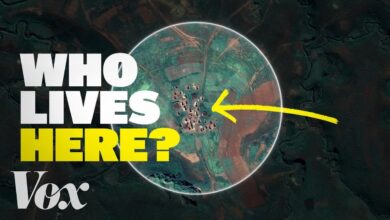Elon Musk Reveals NEW Mars Timeline

SpaceX is preparing for a crucial phase in its mission to send humans to Mars. Elon Musk revealed that the Starship will conduct its first unmanned flights to Mars in the next two years, taking advantage of the opportunity when Earth and Mars are closest. These flights will test the spacecraft’s ability to land safely. If successful, crewed flights will take place in four years, with the ultimate goal of building a self-sustaining city on Mars within 20 years.
To achieve this, the cost of transporting goods from Earth to Mars must be reduced from $1 billion per ton to $100,000 per ton. Musk acknowledges that this is a major challenge, but it’s not impossible.
While SpaceX prioritizes Mars, they must also complete the mission to return humans to the Moon for NASA through the Artemis program. This requires balancing both missions, with multiple Starship launches happening concurrently.
It is estimated that to support both the Mars and Moon missions, SpaceX will need to conduct over 40 Starship launches in the next two years, including orbital refueling. This doesn’t even account for other SpaceX projects, like deploying the Starlink satellite network, which Musk warned could bankrupt the company if not launched soon.
Meanwhile, Jeff Bezos’ Blue Origin is facing challenges with the New Glenn rocket project. NASA decided to delay the launch of the Escapade satellite from 2023 to 2025 due to concerns about Blue Origin’s potential delays.
The Escapade satellite, originally scheduled for an October 2023 launch, is part of a mission to study Mars’ magnetic field. The delay may change the trajectory between Earth and Mars, but NASA believes that New Glenn can adjust to ensure the satellite reaches its destination on time.
In China, their reusable spaceplane program is also making significant strides. China’s reusable spacecraft completed its third mission on September 5, successfully landing after orbiting Earth. Although detailed information about the mission was not disclosed, this event demonstrates that China has made considerable progress in developing reusable space technologies, paving the way for cost-effective space flights in the future. This spacecraft may be similar to the U.S.’s X-37B and could be capable of missions such as satellite maintenance or even interfering with satellites from other nations.
Overall, the space race is becoming more intense, with ambitious goals set by SpaceX, Blue Origin, and China.








